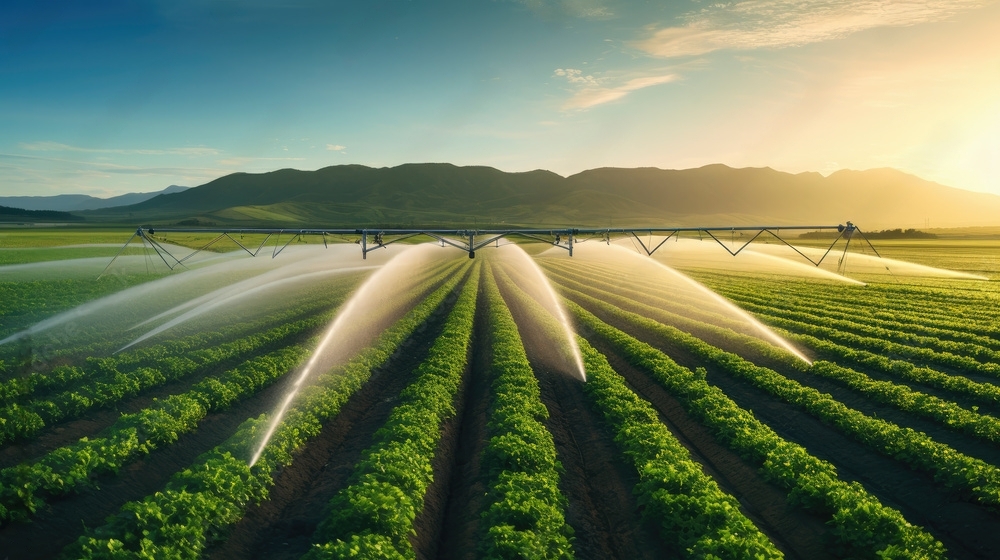How Can a Water Demand Monitoring System Help Identify Leakages?

Water is one resource everyone believes is easily available. However, it must be managed efficiently to meet the needs of communities, industries, and agriculture while ensuring sustainability for the future. One significant challenge in water management is the detection and prevention of leakages within water distribution systems. Water leakages lead to wastage of this vital resource and contribute to increased operational costs and potential infrastructure damage.
Water utilities and organizations are increasingly turning to advanced technologies like water demand monitoring systems to address this challenge. These systems play a crucial role in identifying leakages promptly and enabling proactive measures to reduce water loss. Let’s explore in detail how a water demand monitoring system can help in this regard.
Detecting Anomalies in Usage Patterns
One of the primary functions of a water demand monitoring system is to detect anomalies in water usage patterns. The system can identify unexpected changes in water flow or consumption levels by analyzing data from various points in the distribution network. Sudden spikes or drops in usage that are not attributable to normal patterns can indicate potential leakages or other issues.
Real-time Alerts and Notifications
Modern Water Supply Automation Control Systems are equipped with real-time alert capabilities. When the system detects unusual water flow patterns or discrepancies, it can automatically generate alerts and notifications. These alerts can be sent to designated personnel, such as maintenance teams or engineers, enabling them to investigate and respond promptly to potential leakages.
Pressure Monitoring for Leak Detection
Water demand monitoring systems often incorporate pressure sensors to monitor water pressure levels throughout the network. Abnormal pressure readings, such as unexpected drops, can indicate the presence of leaks. By correlating flow data with pressure data, the system can more accurately pinpoint the location and severity of potential leakages.
Optimizing Leak Management Strategies
Water demand monitoring systems accurately identify and locate leakages, enabling utilities to optimize their leak management strategies. Maintenance teams can prioritize repairs based on criticality and severity, minimizing downtime and disruption to water supply services.
Cost Savings and Resource Efficiency
Effective leak detection and management facilitated by water demand monitoring systems lead to significant cost savings for water utilities. By reducing water losses and optimizing operational efficiency, utilities can achieve better resource utilization and lower maintenance costs in the long run.
Conclusion
A water demand monitoring system is a valuable tool for identifying leakages within water distribution networks. By leveraging real-time data insights, continuous monitoring, and advanced analytics, these systems enable utilities to detect and address leaks promptly, minimizing water loss and operational costs. Investing in such technology contributes to sustainable water management and ensures a reliable water supply for communities and industries. As the demand for water continues to grow, leveraging innovative solutions like water demand monitoring systems becomes increasingly crucial in ensuring the efficient and responsible use of this essential resource.



